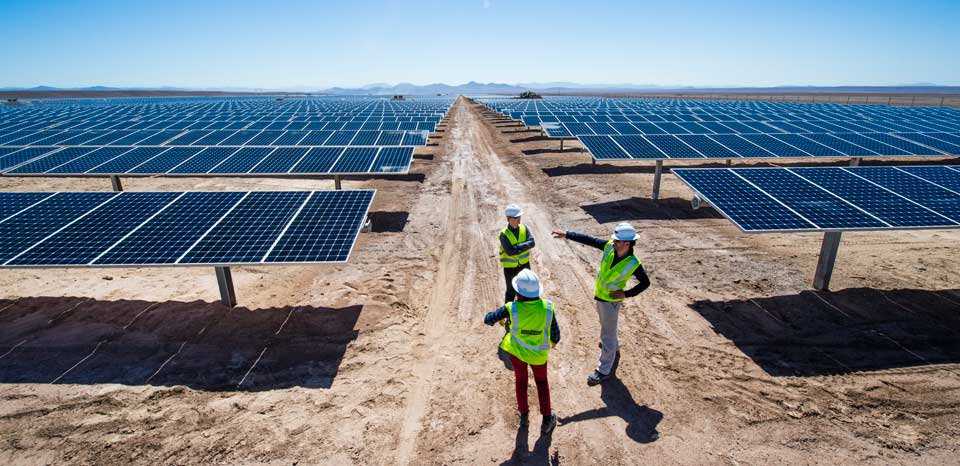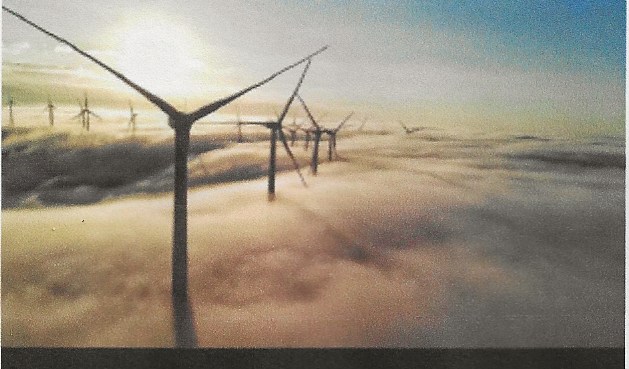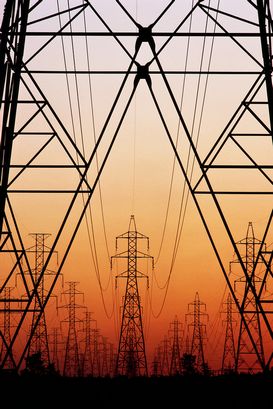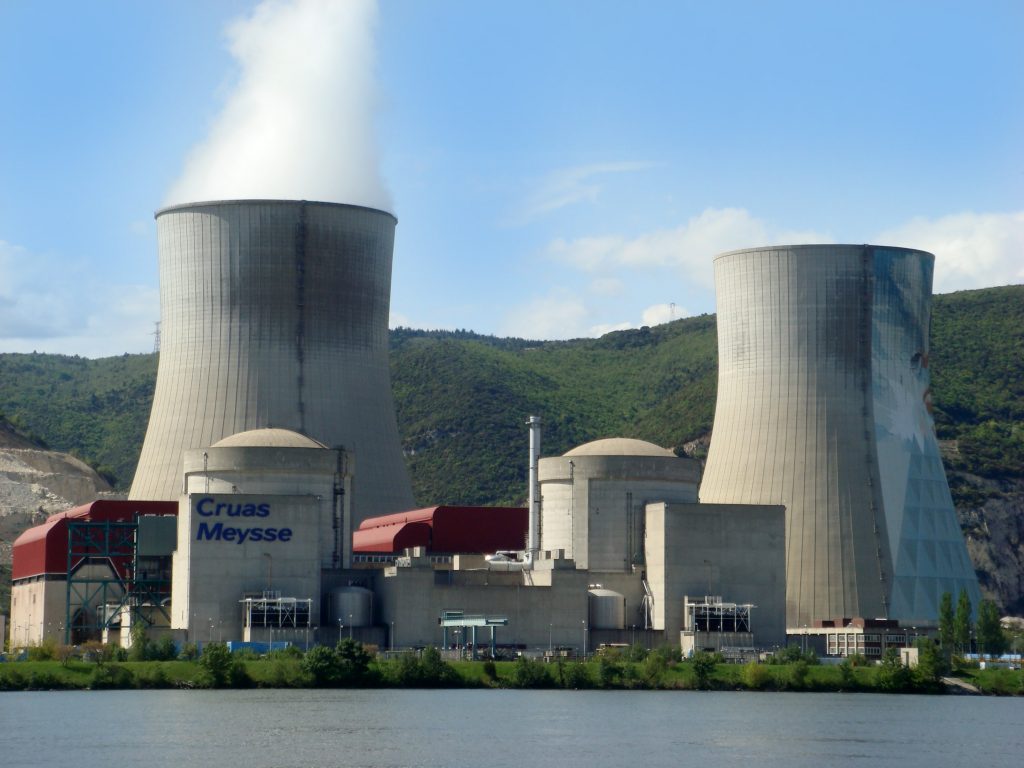
Almost all scenarios proposed for the energy transition assume a very strong growth in electricity demand by 2050 in order to achieve the objective of carbon neutrality by this timeframe, especially the one that France has set for itself. It is useful to take stock of the roadmap to achieve this.
We recall that while a global pandemic caused a serious health, economic and social crisis, the IEA (International Energy Agency) revised its previous scenarios, in its 2020 report on the energy outlook published (IEA, World Energy Outlook 2020, Paris, October 2020 www.iea.org ). The year 2020 was marked by a 5% drop in global primary energy demand and a 7% drop in global demand for primary energy and 7 % of CO2 emissions, and it proposed a new and more proactive scenario, “Zero net emissions in 2050” (implied by CO2) : a 60% drop in CO2 emissions between 2019 and 2030, associated with a drop in 17% of primary energy demand (its 2006 level with an economy that would have doubled).

In 2030, renewable energies would produce 60% of electricity (27% in 2019) and nuclear energy 10%, photovoltaic solar power would quadruple in ten years; electric cars would represent the most of sales, with battery production doubling every two years, hydrogen production being set to take off. According to the IEA, solar photovoltaic energy would take a prominent place and would become, in a way, the « king » (sic) of electricity, on a global scale. As for its forecasts for 2021 (IEA, Global Energy Review 2021, April 2021, www.iea.org ), they are relatively optimistic as it foresees a growth of 6% of the world economy and 4.6% of energy demand but with a rebound in CO2 emissions. Electricity production is expected to experience its strongest growth in the last ten years (4.5%) with a very significant increase for renewable sources (8%), in particular solar photovoltaic. The International Renewable Energy Agency (IRENA), an intergovernmental organization founded in 2009 and headquartered in Abu Dhabi, United Arab Emirates, promotes renewable energy globally, published also a report in April, the World Energy Transitions Outlook (www.irena.org), on the future of renewable energies which confirms the “forecasts” of the IEA.

It offers two fairly contrasting scenarios. The first one, “Planned Energy”, based on the contribution planned by States to achieve the objectives adopted at the Cop 21 in Paris in 2015 (a global warming of less than 2 ° C at the end of the century). The second more proactive scenario, would, according to Irena, limit this warming to 1.5 ° C, as recommended by the IPCC. It assumes a stabilization of energy demand thanks, in particular, to a sharp increase in energy efficiency, an increasing use of carbon-free energies, a sharp increase in electricity production by renewable sources, a significant use of biofuels and green hydrogen (produced by water electrolysis). The world electricity production would thus triple by 2050, and this would be ensured at 90% by renewable sources (hydroelectricity, solar wind power, bioenergy, marine energy) but wind and solar photovoltaic and wind power would dominate. production, the cost of which has fallen sharply in recent years (the kWh produced is lower than that of thermal power stations). Gas and nuclear power stations would respectively contribute 6% and 4% of electricity production. This scenario would be an important step towards carbon neutrality. It assumes a very significant growth in the renewable electric power installed in the world: it would increase from 2,500 GW today to 28,000 GW in 2050. Electricity would represent 51% of final energy (58% including green hydrogen produced by water electrolysis with carbon-free electricity).

The use of bioenergy in transport (biofuels) and industry would also be growing strongly (18% of final energy), as well as that of hydrogen, fossil fuels would still represent 10% of final energy (their CO2 emissions would be captured and stored). The strong growth in the production and use of electricity is a first point common to all energy scenarios, the rise of renewable sources being a second. We also observe that nuclear electricity, produced without CO2 emissions, receives a poor attention from IEA, its share in world electricity production would be in a range of 8 to 11% in 2040 (against 10% in 2020). These findings raise many questions. The first one being: if energy « decarbonization » is unavoidable, what kind of strategy can be envisaged for electricity production? If industry no longer uses fossil carbon (natural gas and oil), for example to produce plastics (electricity is already used in the steel industry), is biomass an alternative? This is the second one. Thirdly, finally: will biofuels, produced from biomass and possibly with the help of genetic engineering, be able to replace petroleum fuels (for example aviation kerosene)? It is urgent to provide an answer to the first question because whatever electricity mix will be adopted by each country, a significant investment planning will be necessary. While it is undeniable that worldwide production costs by renewable sources have fallen sharply, their intermittence will place serious constraints on the electricity system. As underlined by the AIE and RTE in their report on electricity scenarios with a strong contribution from renewable sectors (RTE, IEA, Conditions and requirements for the technical feasibility of a power system with high share of renewable in France towards 2050, Paris, January 2021, www.iea.org) the use of renewable energies will require greater flexibility in production (ensured, today in France, with thermal, hydroelectric and nuclear power stations) which must be ensured both by electricity storage capacities (for example with batteries), and controllable production reserves to cope with peaks in consumption and climatic hazards (the variability of production from solar power plants is not always predictable). Most scenarios ignore this necessity, especially Irena’s. Hydroelectric power stations, nuclear reactors and gas turbines are controllable (their production can be varied), but the latter having the disadvantage of emitting CO2 (its capture and storage envisaged by certain scenarios remain uncertain) .

The stability of the electricity network and the security of production are the critical point of a scenario with a high proportion of intermittent sources. An R&D effort on electricity networks and storage techniques is essential with investment planning. With regard to nuclear power, let us just remind, as the IPCC had done, that it is a sector that must be part of a strategy for « decarbonising energy ». Its use meets with serious opposition as evidenced by a recent editorial in Nature (“Nuclear power will have a limited role in the world’s energy”, vol. 591, 11 March 2011, and A. Verma et al., “Nuclear energy ten years after Fukushima ”, www.nature.com) which recalls that the Chernobyl and Fukushima accidents, of very different origin, damaged its credit. Nature also stresses that nuclear power suffers from the confidentiality in which most decisions regarding technical choices have been made in countries that have developed it.

Nuclear power will only take a significant place (from 30 to 50%) in the electricity mix of the future on several conditions: – the cost of reactors building with new techniques (EPRs in particular, the EDF one in Flamanville amounting to € 19 billion) will have to be reduced – an R&D effort in the sectors of the future must be continued – the development of medium power reactors (300-500 MW) built in modules would make it possible to provide controllable power in support for renewable sectors – the existence of an independent authority responsible for regulating the safety of installations (this is the case in France with the Nuclear Safety Authority, ASN, in Japan the safety authority had no real independence from the nuclear industry before Fukushima). Finally, it should be noted that the export capacities of the nuclear industry, in particular the French one, presuppose the maintenance of a high level of competence in nuclear engineering, but also the existence of a « risk culture » in the countries importing this technology that would allow them to manage a possible accident.

The EU announced on April 2021, a political agreement confirming the objective of achieving carbon neutrality by 2050, and its commitment to reduce its net greenhouse gas emissions by at least 55% by 2030 compared to 1990 levels. This goal is very ambitious and to reach it the European countries cannot content themselves with proposing scenarios, they must plan concrete measures with long-term investments, in particular for the electricity mix, which will play a key role in the energy transition.